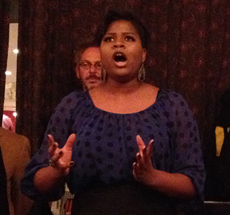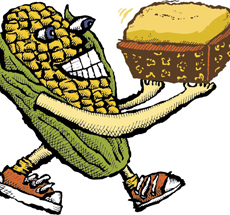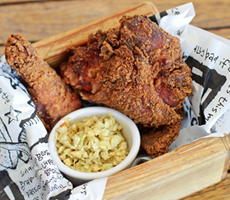
African American Dinner a Great Success
A recap of the 9th Annual African American Foodways Dinner.
Read more »
A recap of the 9th Annual African American Foodways Dinner.
Read more »
Ari shares a brief history of African Americans in Washtenaw County.
Read more »
Ari talks about the menu for upcoming 9th Annual African American Dinner at Zingerman’s Roadhouse. Join us!
Read more »
Ari talks about the menu for upcoming 9th Annual African American Dinner at Zingerman’s Roadhouse. Join us!
Read more »
Zingerman’s Art for Sale